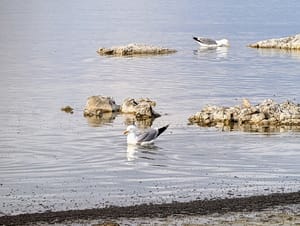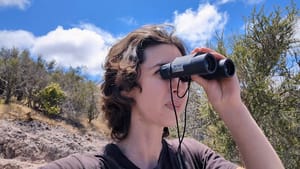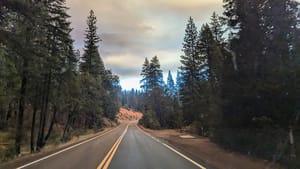If you enjoyed our thoughtful, respectful discussion about Harry Potter and its transphobic author last week, please check out the sequel!
Sri Juneja and I recommend some great alternatives to Harry Potter for kids and teens, on Readable Moments. I know what I'm reading next!
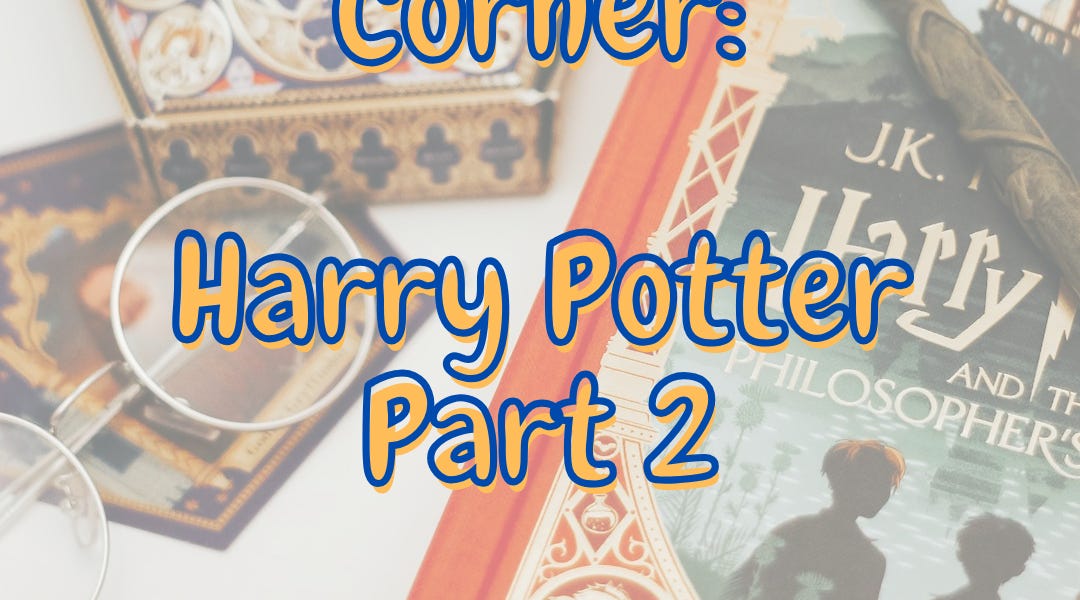
Recently, I have been hanging out with some seagulls and I wanted to share what I've learned with you.
Many people think of seagulls as pests, aggressive creatures that will intimidate you into dropping your snacks.
You might think other bird species are cooler and more wild, like this American Avocet:
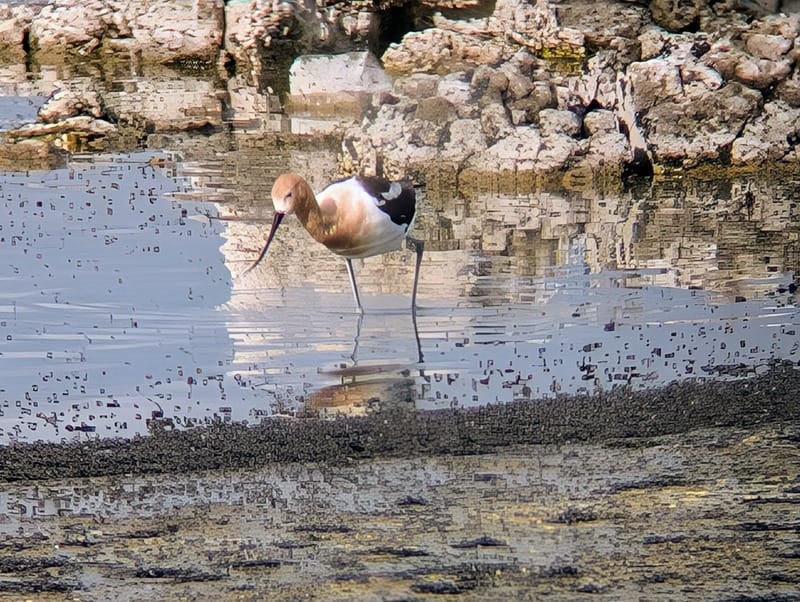
Very cool, yes. But consider the seagull. Or rather, consider species of gulls like the California Gull. (There is no official "Seagull")
Many gulls rely on eating fish, shellfish, crustaceans, and other creatures to be happy and healthy. But because of the state of the oceans, overfishing, climate change, human habitat, etc, they have way less seafood to eat now.
So on human created beaches and boardwalks, the gulls are hungry and reliant on human food. But that's not the gulls' fault, is it?
Gulls aren't super aggressive when they aren't starving.
Mono Lake, a huge salt lake in the Eastern Sierras in California, is home to lots of California Gulls among other birds.
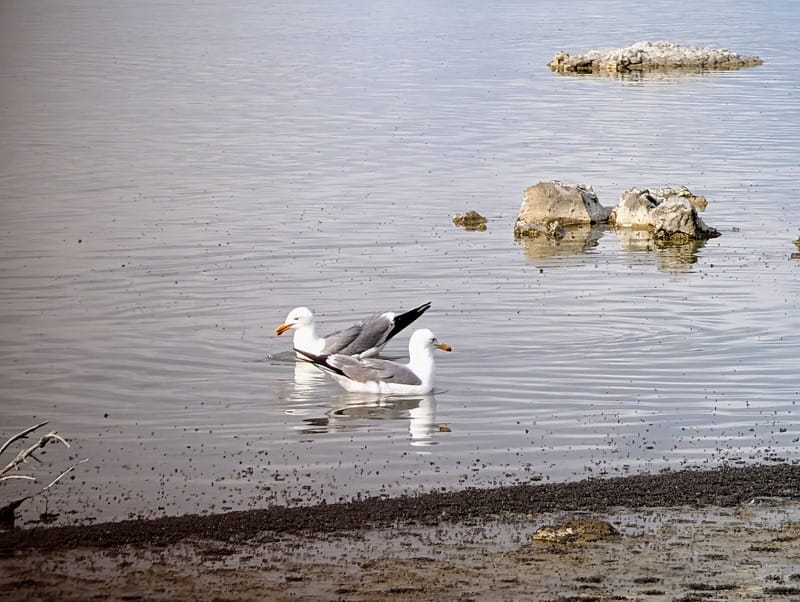
The lake supports huge populations of alkali flies and tiny brine shrimp, which the birds eat. (There are no fish in the lake.)
See those dark strips along the edge of the water in the photos? Those are all alkali flies. (They don't bite humans, don't worry.)
The California Gulls have all the alkali flies they can eat on this lake right now, and they float placidly between mouthfuls.
Just like any creature, when they're living in a comfortable environment with enough resources, they can relax and coexist.
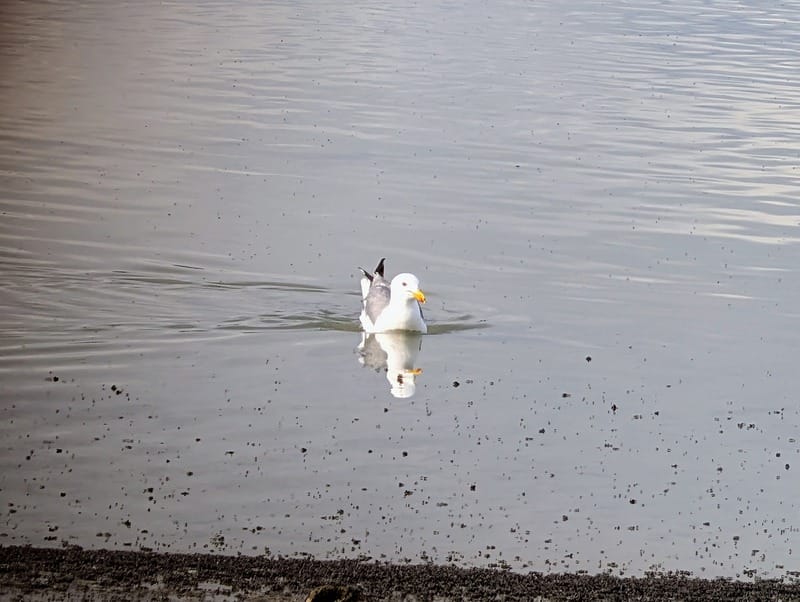
Gulls that aren't stressed out are confident, social, pleasant birds to be around.
Mono Lake was almost drained dry due to diversions of the fresh water for the city of Los Angeles. Thanks to the efforts of the locals who care about the lake's fragile ecosystem and importance to migrating birds, the water level is starting to recover.
California Gulls in particular rely on Mono Lake to safely hatch their chicks. About 25% of all California Gulls nest at Mono Lake.
The Mono Lake Committee and scientists have been working for decades to help conserve the environment that allows these gulls to successfully raise their families.

A few years ago, an island in the lake where the gulls built their nests connected to the shore, allowing coyotes to reach the nests. Volunteers raised money for and set up a solar powered electric fence to stop the predators from reaching the island.
Another problem was an invasive plant which overran the island so the gulls had no place to build nests. Humans did a controlled burn to remove the invasive plant.
It may seem like a lot of intervention, but it was human actions which caused these problems in the first place. Humans caused the water level of the lake to drop so the island was no longer an island.
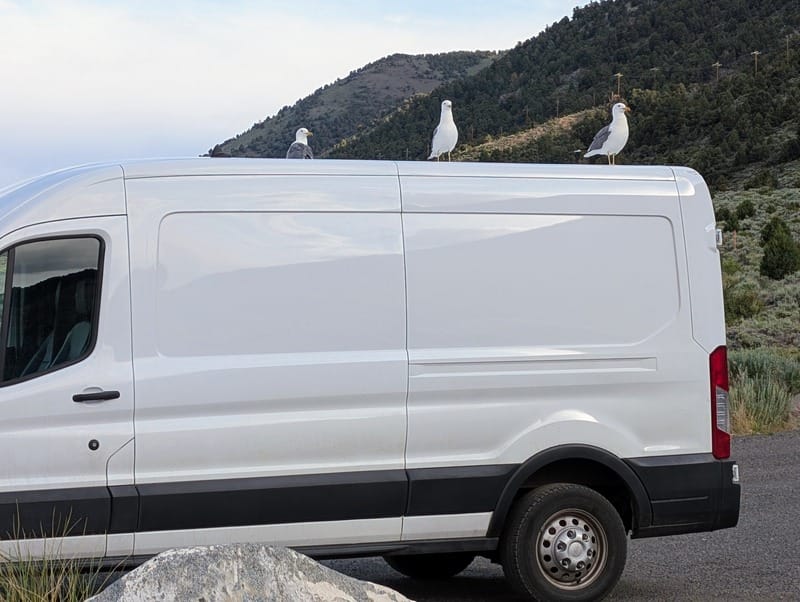
I could see a hundred California Gulls from the shore of Mono Lake. It looks like they have what they need to thrive there for now.
Gulls can live for a fairly long time, 10 or 20 years. They start out a brown color in their first year, then get mottled brown and white, then turn the classic white and gray after three years. So all these gulls are three years or older.
Many California Gulls were born at Mono Lake, and then many migrate to the California coast, hundreds of miles away.

The more I learn about gulls, the more impressed I am!
And you know, I think a lot of human aggression could be suppressed by sharing a nice meal and learning about each other as well.
What's your favorite kind of bird? Feel free to share in the comments.
Take care,
Rey

